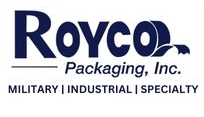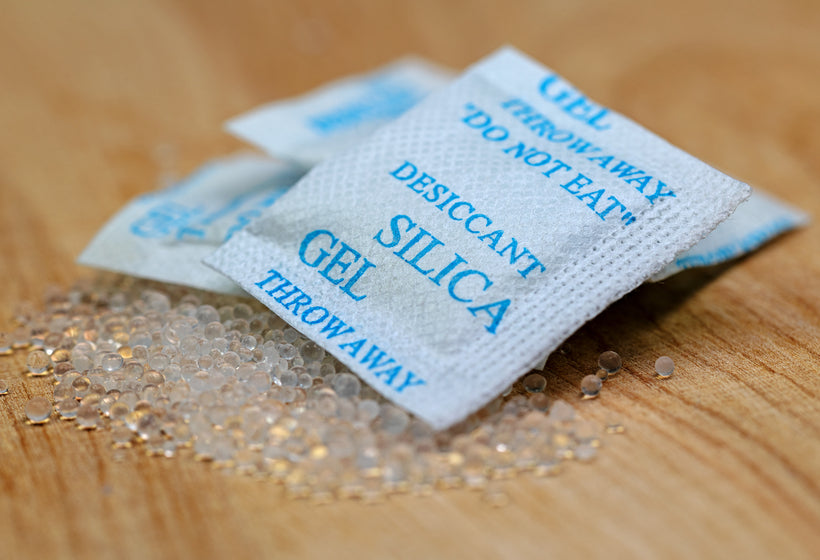If you've ever opened a new box of shoes, a handbag, or even some electronic items, you've probably encountered a small packet labeled "Do Not Eat." This little packet plays a much more significant role than you might think. So, what is desiccant? Let's delve into its world and discover how it's quietly ensuring that many of our products remain in pristine condition.
Understanding Desiccants
A desiccant is a material that promotes and maintains a moisture-free environment around it.. In simpler terms, desiccants absorb moisture from the air, ensuring a dry environment for whatever they are packed with. This ability to control humidity is vital for many products, as it prevents degradation, spoilage, or other forms of damage.
Types of Desiccants
There are various types of desiccants, each with its unique properties and applications. Some common ones include:
- Silica Gel: Probably the most recognized desiccant. It’s non-toxic, non-flammable, and chemically inert.
- Calcium Oxide: A strong moisture absorber, often used in large-scale operations.
- Clay: A natural desiccant that's effective in normal temperature ranges.
- Molecular Sieves: Synthetic desiccants with uniform-sized pores, allowing for precise moisture control.
Desiccant Bags: An Essential in Packaging
One of the most common ways to utilize desiccants is by packing them in bags. A desiccant bag typically consists of a permeable material filled with a particular type of desiccant. These bags come in varying sizes, catering to different requirements, from small electronic components to large export shipping containers.
These desiccant bags are strategically placed within product packaging, ensuring that the moisture levels within remain controlled. Especially in the world of electronics, pharmaceuticals, or food, the role of these bags becomes paramount. Even a slight increase in internal humidity can lead to product degradation, loss of flavor, or a short circuit.
Benefits of Using Desiccants
- Longer Shelf Life: Products remain fresh for a more extended period, reducing waste.
- Prevention of Mold and Mildew: By controlling moisture, desiccants prevent the growth of mold and mildew, especially on leather goods and clothes.
- Protection of Electronics: Electronics and moisture don't mix well. Desiccants ensure that your gadgets remain functional and free from humidity-induced damage.
- Cost-Efficiency: A small desiccant bag can prevent potential losses stemming from product returns or damages.
Choosing the Right Desiccant
While understanding what a desiccant is might be straightforward, selecting the right one requires some insight. Factors such as the type of product, its sensitivity to moisture, the expected storage conditions, and the duration of storage play a role. For instance, while clay might work well for general storage in a temperate climate, pharmaceuticals might require the precision of molecular sieves.
The Science Behind Desiccants
To truly appreciate the marvel of desiccants, one should delve a bit into the science behind it. Desiccants function on the principle of adsorption, which shouldn’t be confused with absorption. While absorption involves one substance diffusing into another (like a sponge soaking up water), adsorption refers to the accumulation of molecules on the surface of a material. In the case of desiccants, they adsorb water molecules onto their surface, effectively removing them from the environment and maintaining dryness.
Sustainability and Desiccants
In today's eco-conscious era, it's not enough for a product or solution to be effective; it also needs to be environmentally friendly. The traditional single-use desiccant packets, while functional, are not always the most eco-friendly option. Recognizing this challenge, many companies are focusing on developing biodegradable or reusable desiccant solutions.
For instance, certain types of silica gel can be reactivated by heating, allowing them to release absorbed moisture and be reused. Such innovations not only make economic sense but also significantly reduce waste, aligning with the global push towards sustainability.
Customizing Desiccants: One Size Doesn’t Fit All
While there are standard desiccant bags used across industries, there's a growing trend towards customization. Depending on the product's nature and its sensitivity to moisture, companies can now tailor desiccant solutions to their exact requirements. For instance, a shipment of delicate electronics might require desiccants that can handle rapid changes in humidity, while organic products might need desiccants made from natural materials.
Desiccants in Everyday Life
Beyond the realm of product packaging, desiccants have found their way into our daily lives. From keeping our closets mold-free to preserving the freshness of food in storage containers, these moisture fighters are ubiquitous.
Have you ever encountered foggy camera lenses while traveling? Desiccants come to the rescue, ensuring that our gadgets remain moisture-free. Or consider the challenge of preserving important documents over the years. By maintaining a controlled environment, desiccants ensure that our memories and critical records remain intact.
Challenges and the Road Ahead
Despite their undeniable utility, desiccants come with their set of challenges. There's a pressing need for consumer education. Every year, there are instances of individuals mistakenly consuming these packets or misusing them. While most desiccants like silica gel are non-toxic, they aren't meant for ingestion.
Furthermore, as global trade increases and products are shipped to various climatic zones, the demand for high-performance desiccants also grows. These products must handle diverse and often extreme conditions, from the freezing cold to scorching heat, ensuring that the items they protect remain unaffected.
Looking ahead, the desiccant industry is ripe for innovation. With advances in material science and technology, we can anticipate smarter, more efficient, and sustainable desiccant solutions. Combining technology with desiccants, like moisture indicators or automated moisture control systems, represents the next frontier.
Future of Desiccants
With the increasing focus on product quality and sustainability, the role of desiccants in packaging is bound to evolve. Research into more sustainable, reusable desiccants is already underway. Moreover, there's a push towards integrating smart technology, where desiccant bags can signal when they're saturated, ensuring optimal product protection throughout the storage or shipping process.
They Have a Pivotal Role to Play in the World of Packaging
Desiccants, especially in their convenient desiccant bag form, play a pivotal role in the modern packaging ecosystem. As we continue to seek solutions that offer the perfect blend of quality assurance and sustainability, these humble moisture-absorbing substances will undoubtedly continue to be at the forefront.
When aiming to ensure product quality during storage or transportation, always consider the importance of a desiccant bag. Its ability to control moisture might be the unsung hero in your product's longevity and freshness.
